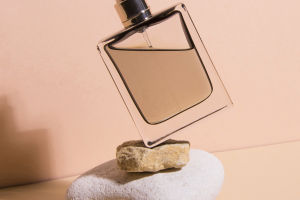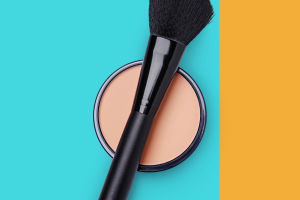Perfume Perils
Perfume has been used to enhance personal charm and cover body odor since ancient times.
However, with the development of modern chemical technology, the composition of perfume has become increasingly complex. While perfume can provide a pleasant sensory experience, long-term use may have potential negative impacts on health.
Here, Lykkers, We will explore the components of perfume, the associated health risks, and ways to mitigate these risks.
Composition of Perfume
Perfume is primarily composed of essence, alcohol, and water. The essence is the core ingredient of perfume and includes both natural essential oils and synthetic fragrances.
Alcohol is used to dissolve and carry essences, facilitating the rapid evaporation of the perfume. The ingredients in perfumes vary by brand and type, and some components may pose potential health risks.
Potential Health Risks
1. Allergic Reactions
Certain ingredients in perfume can cause skin or respiratory allergies. Common allergens such as coumarin and eugenol, found in many fragrances, can lead to skin itching, redness, swelling, and eczema.
Individuals sensitive to perfume ingredients may experience symptoms such as sneezing, coughing, and shortness of breath upon inhalation.
2. Endocrine Disruption
Some perfume ingredients, such as phthalates and synthetic musks, are believed to have potential endocrine-disrupting effects. These chemicals can interfere with the body's hormone balance, potentially leading to reproductive health issues and thyroid dysfunction.
3. Long-term Exposure Risks
Long-term exposure to the chemicals in perfume, particularly in enclosed environments, may increase the risk of chronic diseases. Ingredients such as benzene and formaldehyde are considered potential carcinogens. Although the concentrations in perfumes are low, prolonged and extensive use may lead to accumulation and adverse effects.
4. Impact on the Environment
The production and use of perfume not only have potential health effects but also burden the environment. Certain ingredients, like synthetic musks, are difficult to degrade and can enter the environment through wastewater, affecting aquatic organisms and ecosystems.
How to Reduce Risks
1. Choose Natural Perfume
Opt for perfumes with simple ingredients and natural fragrances, avoiding products containing known harmful chemicals. Reading product labels, understanding ingredient information, and selecting products with lower health risks can help mitigate potential hazards.
2. Use in Moderation
Using perfume in moderation is essential to avoid overexposure. In confined spaces such as offices and cars, limiting perfume use can reduce the accumulation and exposure to chemicals.
3. Pay Attention to Skin Reactions
Before using a new perfume, test a small area of skin, such as the inside of your wrist, to observe any allergic reactions. If discomfort such as redness, swelling, or itching occurs, discontinue use immediately.
4. Avoid Direct Contact
Perfume should not be sprayed directly on the skin, especially on sensitive areas. Spraying perfume on clothing instead can help reduce direct skin irritation.
5. Ensure Proper Ventilation
After using perfume, keep the room well-ventilated to reduce the concentration of perfume ingredients in the air. Regular ventilation helps minimize the accumulation and inhalation risk of chemicals.
As a daily beauty product, perfume should be used with caution. While it can provide a pleasant experience, its potential health risks should not be overlooked.
By choosing natural ingredients, using perfume in moderation, paying attention to skin reactions, avoiding direct contact, and ensuring proper ventilation, you can minimize the negative impact on your health while still enjoying the benefits of perfume.
Understanding the composition and potential risks, along with exploring safer alternatives and supporting regulatory measures, can help create a healthier relationship with the fragrances we cherish.


